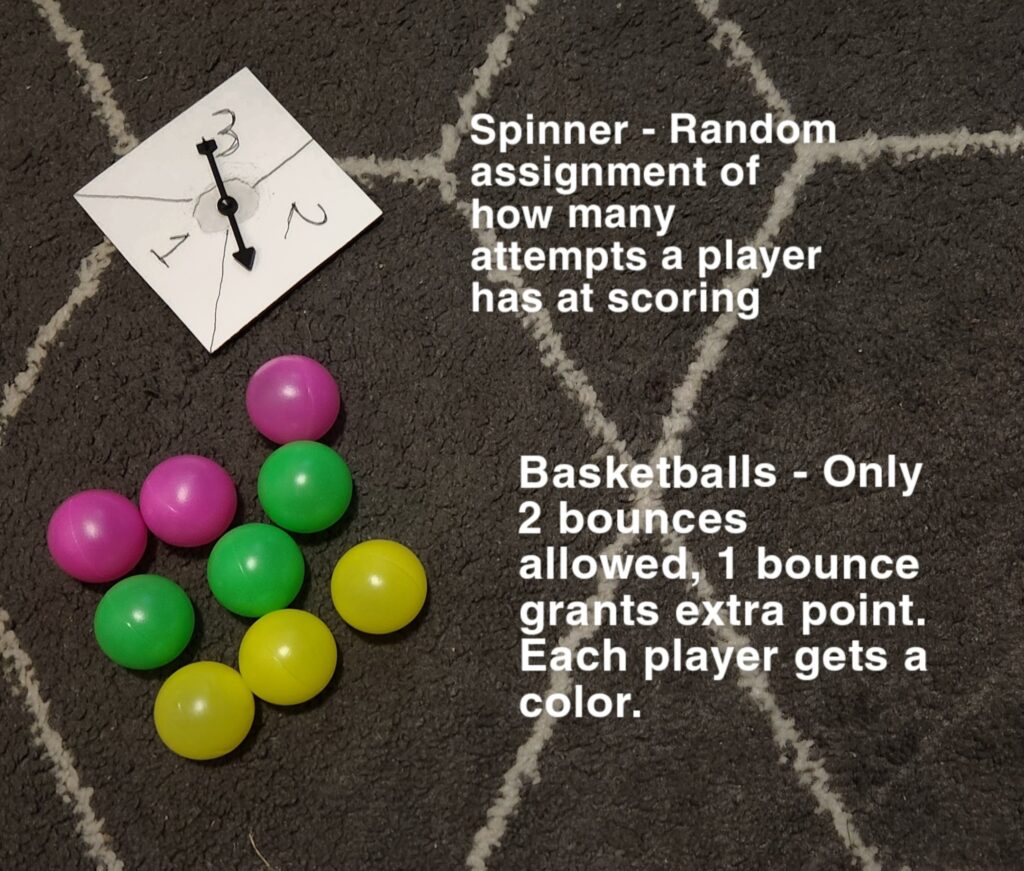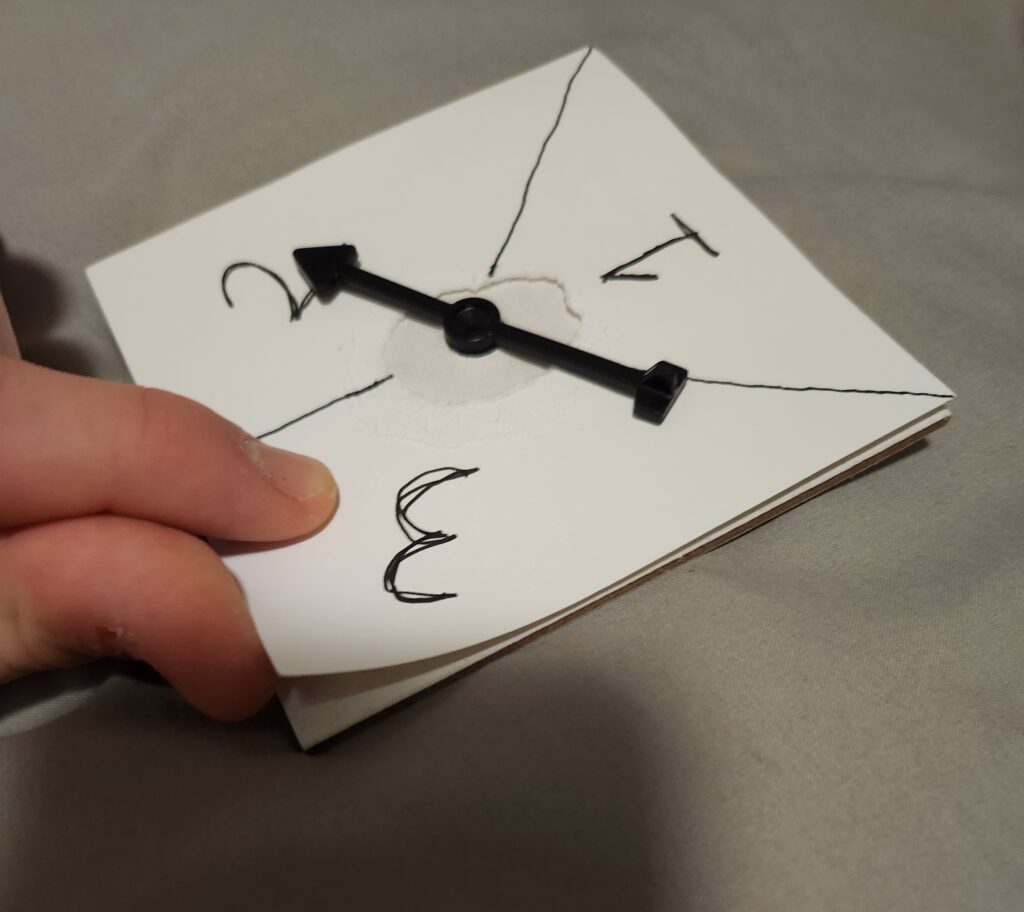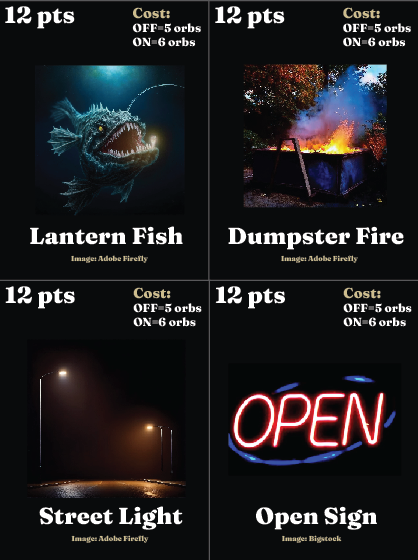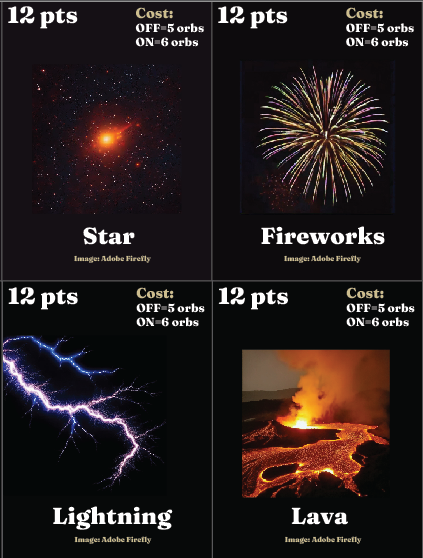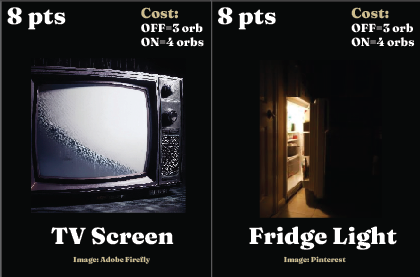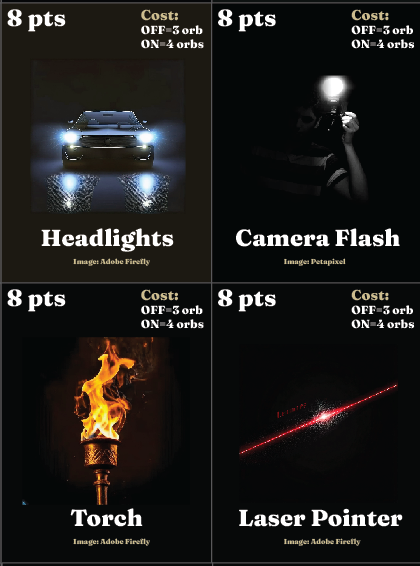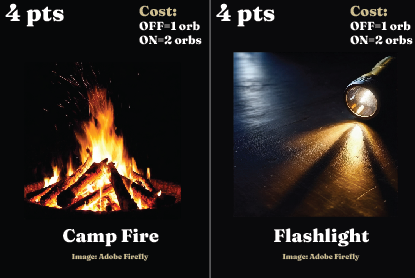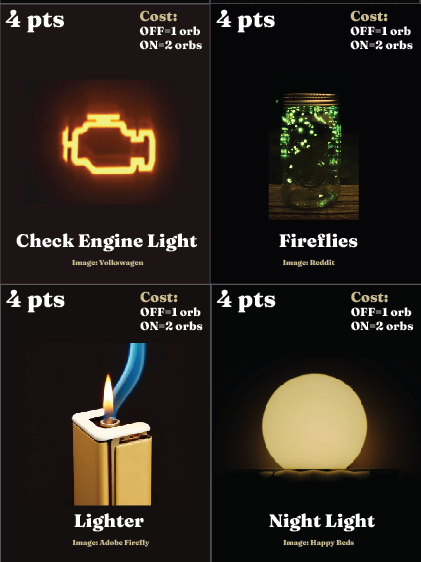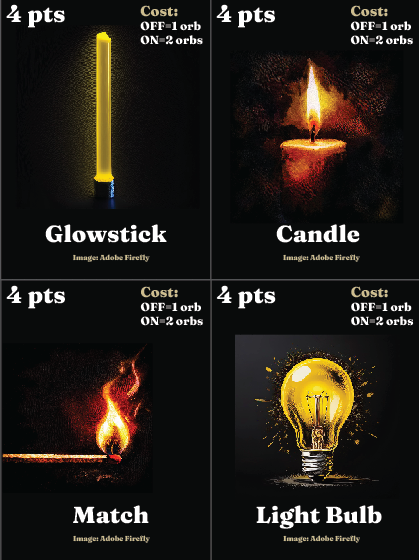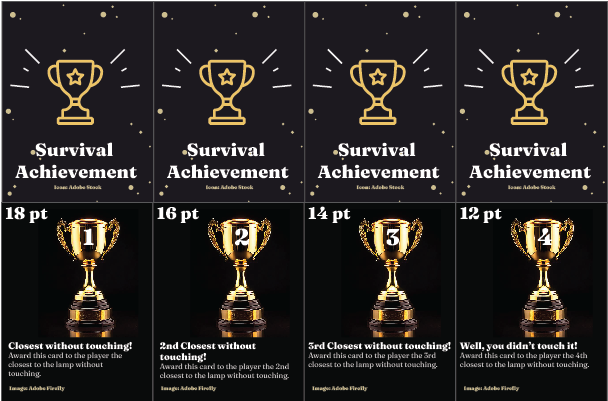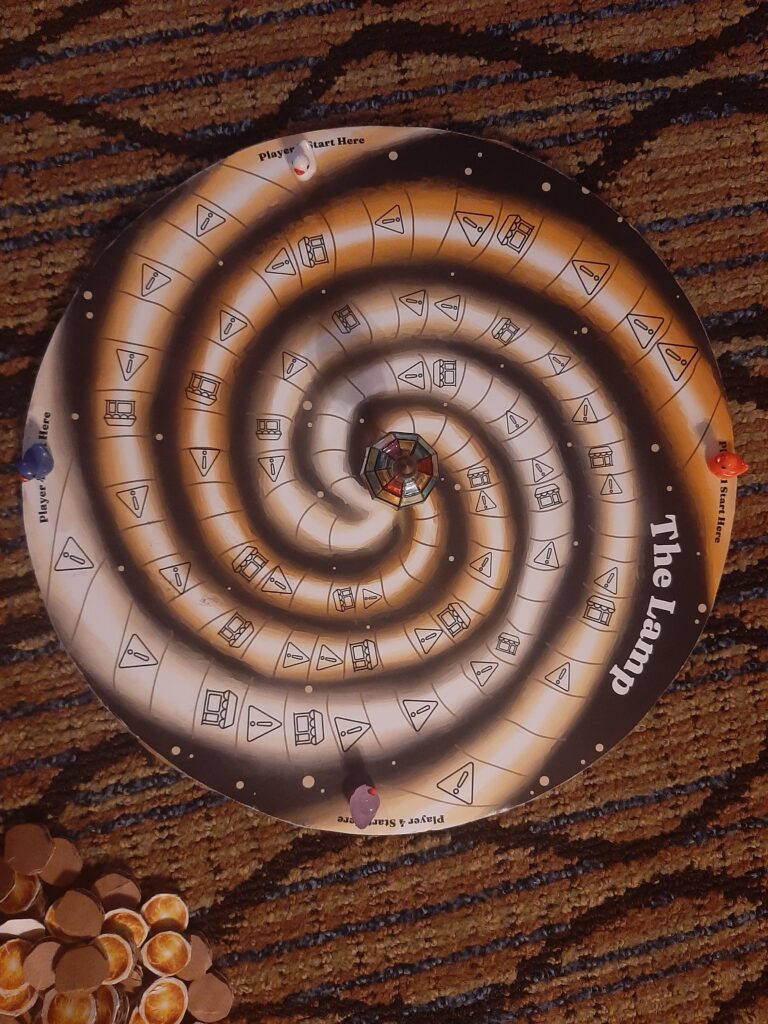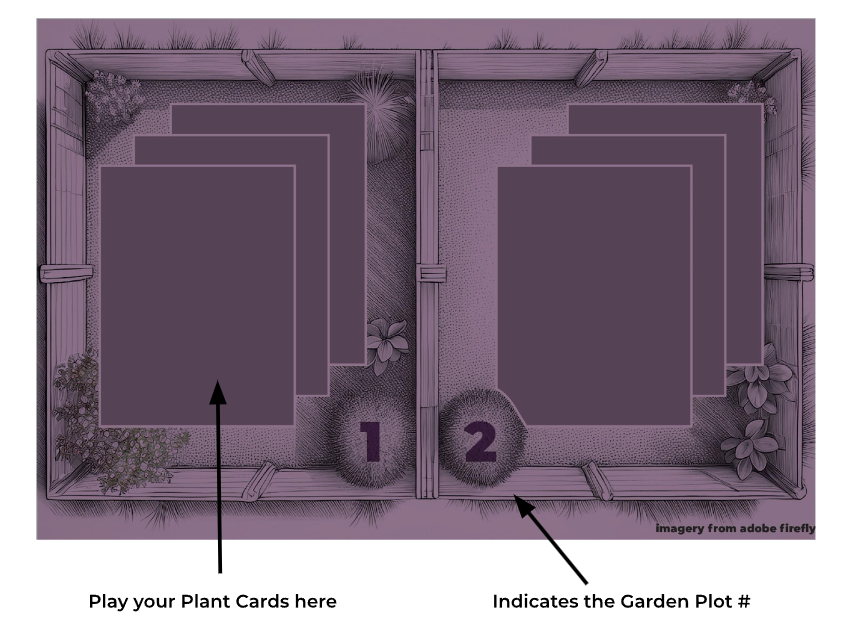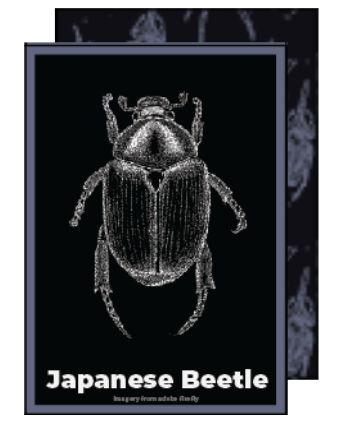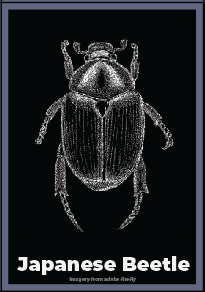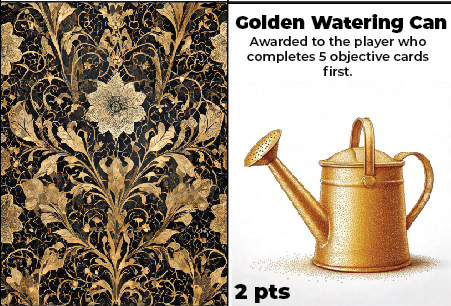What was the most frustrating moment or aspect of what you just played?
I found it tough when I tried to lie and everyone guessed wrong, but I didn’t get to enjoy the reward of convincing them! The penalty cards can sometimes feel like a little too much if you get a lot of them.
What was your favorite moment or aspect of what you just played?
I loved the challenge of trying to tell a believable lie. It felt great when no one could tell that I was lying, and I managed to trick everyone into guessing wrong.
Was there anything you wanted to do that you couldn’t?
I really wanted to tell some over-the-top, ridiculous lies, but I felt like I had to balance that with more believable stories to keep the game interesting.
If you had a magic wand to wave, and you could change, add, or remove anything from the experience, what would it be?
I’d add a “double lie” mechanic where you can tell two lies in one round for a higher reward, but also higher risk. Maybe it would add a bit more strategy for the liars.
What should be improved with the next version?
I think the penalty cards should be less disruptive, especially if you get multiple wrong guesses. Maybe they could just add a little more humor without taking you out of the game too much.
Describe the game in 3 words
Sneaky, fun, unpredictable.


